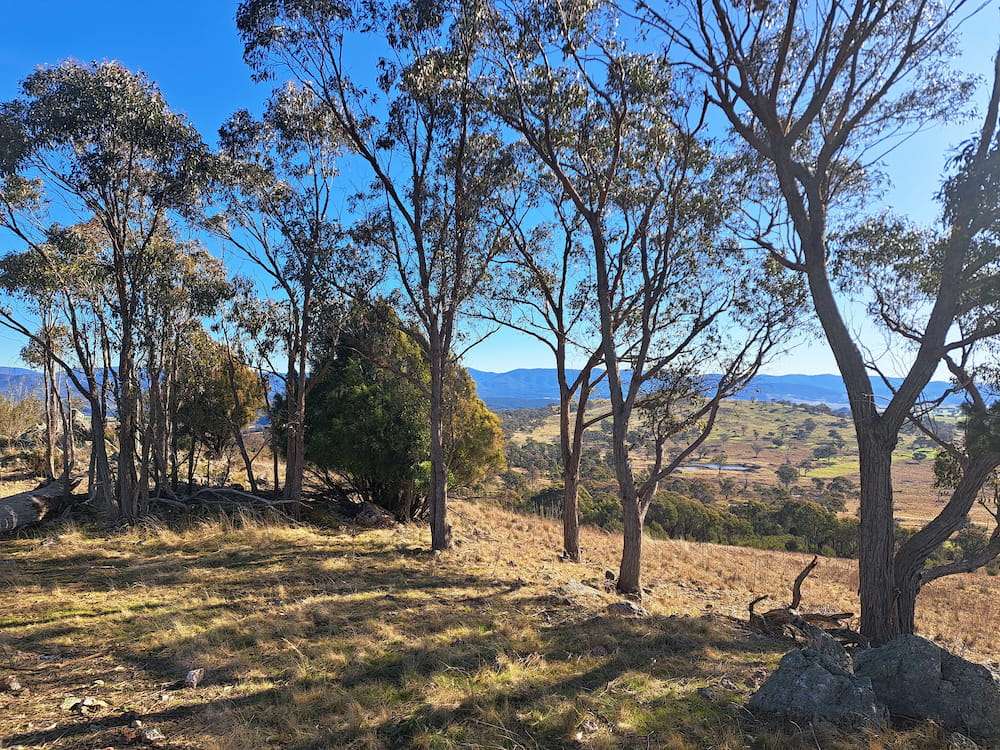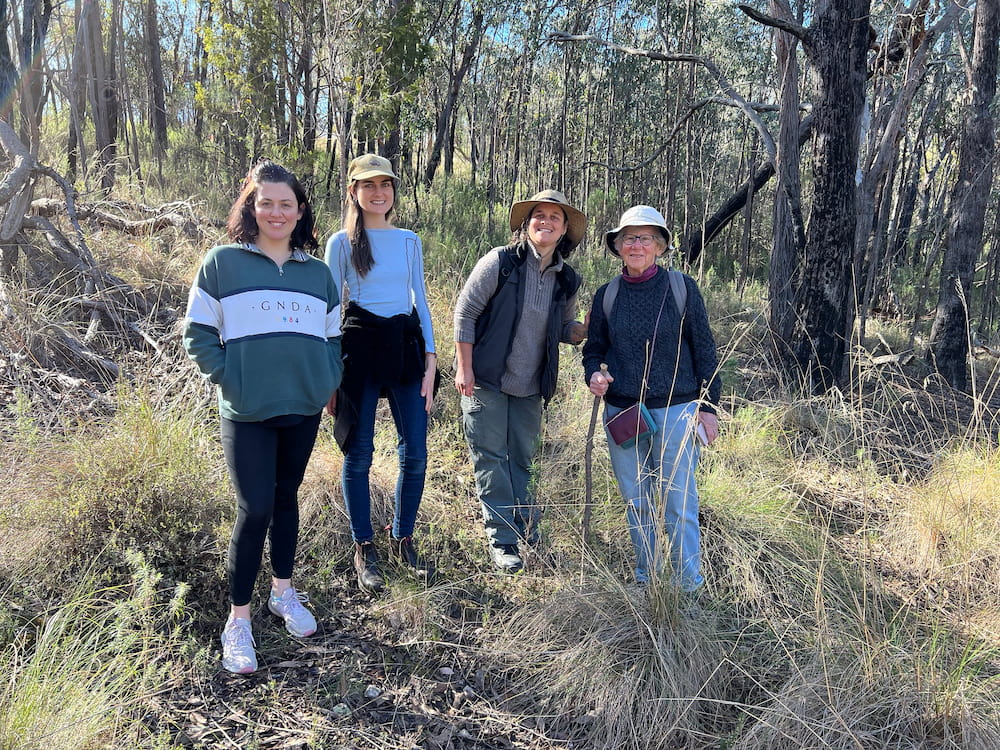Bluetts Block, in western Canberra, has been called one of the ACT’s nature hotspots. Its woodlands and forest are home to endangered wildlife, dozens of species of birds, and rare plants. But some conservation groups fear it is threatened by development.
This World Wildlife Day, the Conservation Council ACT Region, the region’s leading environmental advocacy organisation and hub for community groups, and the Friends of Bluetts Block have once again called on the ACT Government to make Ngununggula / Bluetts Block a nature reserve, “owing to its extraordinarily high environmental values” – as they have for three years.
One of the few remaining areas of natural bushland containing heath in Canberra’s south, Bluetts Block is home to threatened species, including the gang-gang cockatoo, the superb parrot, the pink-tailed worm lizard, and rare marsupials such as the dunnart and the antechinus; 100 species of plants, including the Black Mountain leopard orchid; and more than 130 types of birds. The area also connects the Murrumbidgee River Corridor to Black Mountain.
“The diverse woodlands of Ngununggula / Bluetts Block urgently need protection as a Nature Reserve,” Elle Lawless, the Conservation Council’s executive director, said. “Protecting the woodland will also provide physical and mental wellbeing benefits to nearby residents. What we do here in the ACT has far reaching implications nationally for nature. To see no new extinction, our plants and animals need habitat.”
Bluetts Block is part of the Western Edge investigation, 9,800 hectares of undeveloped land the ACT Government is assessing for future development. It consists of Stromlo Blocks 402/403 and Denman Prospect Block 12, Section 1, and is next to ‘Stromlo Reach’, a planned 1,000-home development in Denman Prospect.

“Developing right to the edge of nature causes impacts known as ‘edge effect’ such as noise and light pollution, litter, and invasive cats and weeds entering the woodland,” Ms Lawless said.
The ACT Government stated this week, as part of the ‘Stromlo Reach’ announcement, that it had taken steps to protect Bluetts Block from future development.
“I am … aware of the environmental values of other blocks nearby in the Molonglo Valley, and I am seeking advice to protect those blocks from further development,” Chris Steel, ACT Minister for Planning, said.
He has also required the developer of ‘Stromlo Reach’ to protect the environment and wildlife, including the pink-tailed worm-lizard, a vulnerable reptile; burrowing animals such as wombats; creeks and water connectivity; and replacing trees.
The Friends of Bluetts Block said they were pleased Mr Steel had attached conditions “that might reduce the environmental damage resulting from the Stromlo Reach development”.
However, not knowing what those conditions were, the Friends were concerned “that they may be insufficient to provide the protection this area needs”.
The ACT Greens made moving Bluetts Block into the Molonglo Nature Reserve one of their 2020 election policies. Rebecca Vassarotti, recently appointed ACT Minister for Parks and Land Management, said she was working with both Mr Steel and the Parks and Conservation Service about the feasibility of including it as part of the reserve estate.
“This builds on the motion brought by Jo Clay’s motion last year and supported by the Assembly to protect areas with known environmental values including Bluetts Block, so I know we have parliamentary support to examine the issues carefully,” Ms Vassarotti said. “Many want to protect Bluetts, and it is home to several endangered and threatened species. In an extinction crisis, we have to ask ourselves – when do we stop clearing habitat? I am doing everything I can to make sure we protect it.”
Likewise, Independent Senator David Pocock last year held a Save Bluetts Block Bushwalk.
The Conservation Council ACT’s mission is to protect nature and create a safe climate future in the ACT and region. Since 1981, it has been at the centre of the region’s most important wins for wildlife, bushland, and communities, Ms Lawless said.
“The ACT, like the rest of Australia, is battling an extinction crisis,” Ms Lawless said. “Canberra’s mature trees are being removed at alarming rates; our faunal emblem, the gang-gang cockatoo, is endangered; and our natural areas are at increasing risk of development and degradation.
“Australia’s unique animals and plants are under significant pressure. In July 2022, a landmark State of Environment Report was released outlining that overall Australia’s natural environment is ‘poor and deteriorating’. The report found more extinctions are expected in the next decades.
“The ACT is experiencing this biodiversity crisis with five new species added to the ACT Threatened Native Species List since the last ACT Government Election in 2020. Urban development, invasive species, and climate change pose the largest threats to biodiversity, including in the ACT.”


